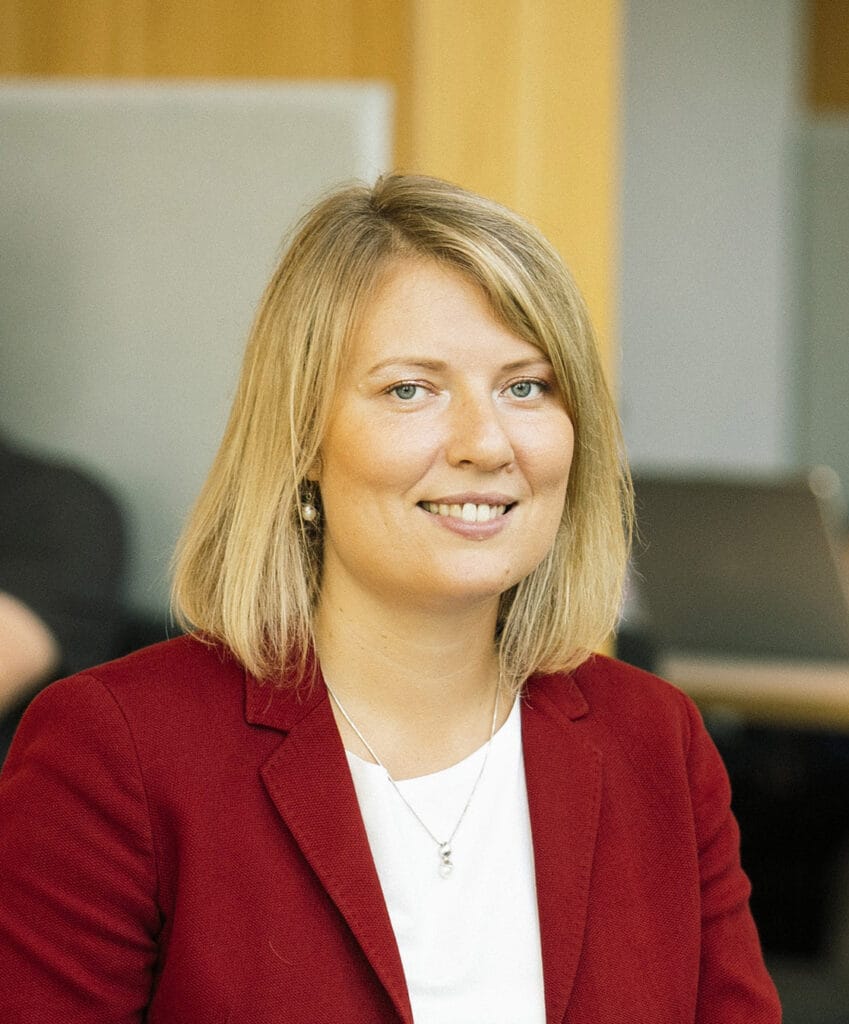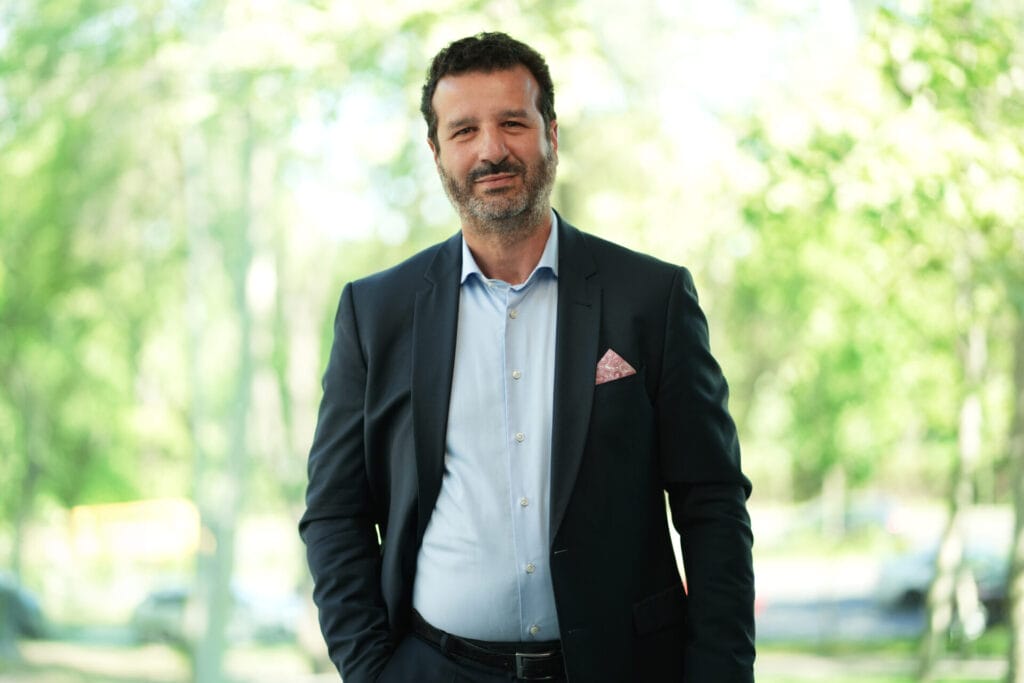The increasing abundance of nanoplastic (NP) and microplastic (MP) particles can have harmful effects on human health. Plastic particles can breach the intestinal barrier in patients with inflammatory bowel disease (IBD) and worsen their health. Even unintentional exposure to plastic in children can have long-term detrimental effects on immunity, neurobehavioral development, metabolism, or the cardiovascular system.
The first synthetic plastic, Bakelite, was developed in 1907 in New York by the Belgian researcher Leo Baekeland, who also invented the term “plastic.” Its remarkable qualities were quickly recognized.
Lightweight, inexpensive, practical, and, not least, virtually indestructible, plastic spread worldwide in just a few years, from bottles to bags, packaging, and more. Plastic’s most notable attribute is its durability. However, this is where the problem arises, as it endures indefinitely. If not properly disposed of or recycled, plastics can end up in the environment, where they persist for centuries and break down into increasingly smaller pieces. Considering the global demand for plastic is on the rise, by 2050, we will produce four times more plastic than we do now.
Unfortunately, this rapid growth, slow recycling rates, and alarming pollution risks make plastic a significant obstacle to achieving sustainable and healthy transitions for our communities.
Microplastics – An Invisible Problem
Small plastic fragments (usually smaller than 5 mm) are referred to as microplastic particles and pose a significant cause for concern. Some of these microplastic particles can unintentionally form through the degradation of larger plastic pieces, such as constantly used synthetic textiles and the wear and tear of tires from driving.
However, certain microplastic particles are intentionally manufactured and then incorporated into various products to serve specific functions (e.g., beads added for facial or body exfoliation).
Other types of microplastic particles are deliberately introduced into a range of products to provide them with specific characteristics. For example, they are present in fertilizers, plant protection products, cosmetics, household and industrial detergents, cleaning agents, paints, and materials utilized in the oil and gas industry.
Intentionally introduced microplastic particles are also commonly found as soft filler material on artificial turf sports fields. Another feature of deliberately introduced microplastic particles is their ability to adjust the density, appearance, and stability of certain products. Significant quantities of non-biodegradable plastic waste continue to contribute to widespread environmental pollution. Particularly, these microplastic particles (MP) with diameters smaller than 5 mm have recently been recognized as an emerging type of pollutant on the planet.

The Main Characteristics of Nano and Microplastic Particles. Figure and Definitions of Size Categories (nanoplastics: 1 to <1000 nm; microplastics: 1 to <1000 μm;) adapted with permission from Hartmann et al. (2019) © 2019 American Chemical Society.
The increasing abundance of nanoplastic (NP) and microplastic (MP) particles in the human diet could potentially have negative impacts on health, especially in patients suffering from inflammatory bowel disease (IBD) – as these particles may surpass the intestinal barrier.
Simultaneously, they can have detrimental effects on human health and wildlife, as microplastic particles can lead to alterations in physiological functions (e.g., immunity, metabolism). Studies indicate that microplastic particles can enter the human body, including as a result of smoking.
In addition to direct toxic effects, microplastic pollution could also exert harmful impacts by altering exposure to pathogens (e.g., antibiotic-resistant bacteria). Therefore, we argue that this pollutant should be regarded as an omnipresent environmental hazard, potentially contributing to the (re)emergence of infectious diseases.
Children – the most vulnerable to microplastic pollution
Research over the past decades (particularly focusing on vulnerable groups such as children, pregnant women, consumers of seafood where microplastics enter the food chain to affect these groups as pollutants) indicates that pregnancy and childhood are windows of vulnerability to environmental pollutants.
Early exposure to hazardous chemicals, even in small amounts, can impact human health throughout life. During childhood, specific child behaviors such as crawling and hand-to-mouth activities contribute to increased environmental exposure in various ways.

Furthermore, children eat, drink, and breathe more per unit of body weight than adults. Consequently, environmental pollutants are disproportionately absorbed by the younger population, and the same holds true for nanoplastic particles (Figure 3). These greater exposures occur simultaneously with the critical development of the neurobehavioral, immune, metabolic, cardiovascular, and other important systems of the body.
How much plastic do we produce, how much do we discard, and what happens to it
If in 1950, globally, 1.5 million tons of plastic were produced, in 2018 we produced 359 million tons of plastic.

Unfortunately, not all produced plastic is recycled, thus in the EU, only 32.5% of the produced plastic was recycled in 2018. The remaining 68.5% is either incinerated for energy recovery (42.6%) or disposed of in open landfills (24.9%). In both cases, we are dealing with direct pollution of soil, air, and water.

Every year, approximately 42,000 tons of microplastics end up in the environment due to the use of products containing them. It is estimated that about 176,000 tons of unintentionally produced microplastics, resulting from the wear and tear of larger plastic pieces, reach the surface waters of the European continent annually.
What are we doing to prevent pollution?
In January 2019, E.C.H.A. proposed an extended solution regarding the intentional use of microplastics in products introduced to the EU market to avoid or reduce the amount released into the environment. The proposal is expected to prevent the release of 500,000 tons of microplastics over a 20-year period.
In addition to this measure, the EU has already implemented a series of other restrictions, such as:
– Banning the intentional addition of microplastics to products like cosmetics and detergents by 2020;
– Increasing the plastic waste recycling rate in the EU;
– Banning certain single-use plastic products in the EU that end up as waste in the seas and for which alternative materials already exist;
– Banning lightweight plastic bags in the EU.
European Parliament members have added oxo-degradable plastics to the list of items to be banned, especially those materials that easily break into small pieces.
At the national level, the Anti-Plastic Ordinance OG 6/2021 supports a measurable quantitative reduction in the consumption of single-use plastic products. Thus, economic operators introducing single-use plastic products to the national market must progressively reduce the quantities introduced by 5% for the year 2023, 10% for the year 2024, 15% for the year 2025, and 20% for the year 2026. They are required to declare annually to the Environmental Fund Administration the quantities introduced to the market and to report the measures adopted annually to achieve the mentioned targets.
It is important to realize that the “invisible” nature of plastic pollution does not protect us from its effects on human health. In this regard, reducing plastic pollution is not just a governmental or environmental goal; it requires concrete action that will allow us to ensure a healthy future for our children and grandchildren.
InfoBox – What Does Environmental Pollution Mean?
There are four environmental factors we look at when analyzing environmental pollution:
- Air – The alarming increase in air pollution in many cities around the world greatly affects human health and also leads to an increase in respiratory diseases, cancer, etc. Among the main sources of air pollution, we can mention vehicles, fires, oil refineries, waste incineration, industrial activities, and agriculture.
- Water – A major cause of water pollution is improper treatment of wastewater, which is released back into the environment without undergoing a decontamination process. To improve the treatment of graywater, the technological process plays a crucial role, becoming the determining factor that can lead to a decrease in water pollution.
- Soil – The mining industry is one of the causes of soil pollution. Heavy metals including Cu, Pb, Zn, Cd, Ni, Cd, Hg, are potential soil pollutants. Cd has the highest pollution rate in many mining areas, and Hg also accounts for over 80%. Pesticides are another cause of soil pollution. Future improvements and modernization in the pesticide industry, along with specific legislation, would provide a strong foundation for ecological stability, helping to reduce soil degradation and promote sustainable agriculture.
- Biodiversity – Human impact contributes to global biodiversity decline. Human-driven interventions cause most biodiversity losses, and here we can mention chemical pollutants. An example that affects and degrades biodiversity is insecticides, which act against the development of bee populations. River channel restoration is usually done with the best intentions, but without considering the repercussions and changes that result in the loss of biodiversity and fluvial biocorridors’ development.

As part of her doctoral studies, Valeria is researching plastic and its impact on the environment and human health within the Faculty of Environmental Science and Engineering at Babeș-Bolyai University in Cluj-Napoca. Additionally, Valeria holds a Master’s degree in Economics obtained from the same university.
Article first published on InfoClima















